In the ever-evolving fields of architecture and engineering, the significance of structural design software is paramount. These innovative tools have transformed the sector, empowering professionals to conceive, visualize, and evaluate their designs in a digital setting before any physical construction begins.
This article will delve into the top 10 best structural design software currently available, including ETABS, SAP 2000, AutoCAD, Revit, RISA-3D, STAAD Pro, SkyCiv, SketchUp, Tekla Structures, and RAM Connection. We will examine their features and capabilities and how they can simplify the design process, improve precision, and encourage innovation.
This all-encompassing guide aims to offer valuable insights to assist you in making a well-informed choice. So, let’s immerse ourselves in digital design and uncover the software molding our built environment.
See also: 10 Best PCB Design Software in 2024
10 Best Structural Design Software
The following are the 10 best structural design software you must try:
ETABS
ETABS is a comprehensive and very advanced structural design tool created by Computers and Structures, Inc. Civil engineers and architects utilize it frequently to design and analyze buildings, from the most basic to the most complex constructions.
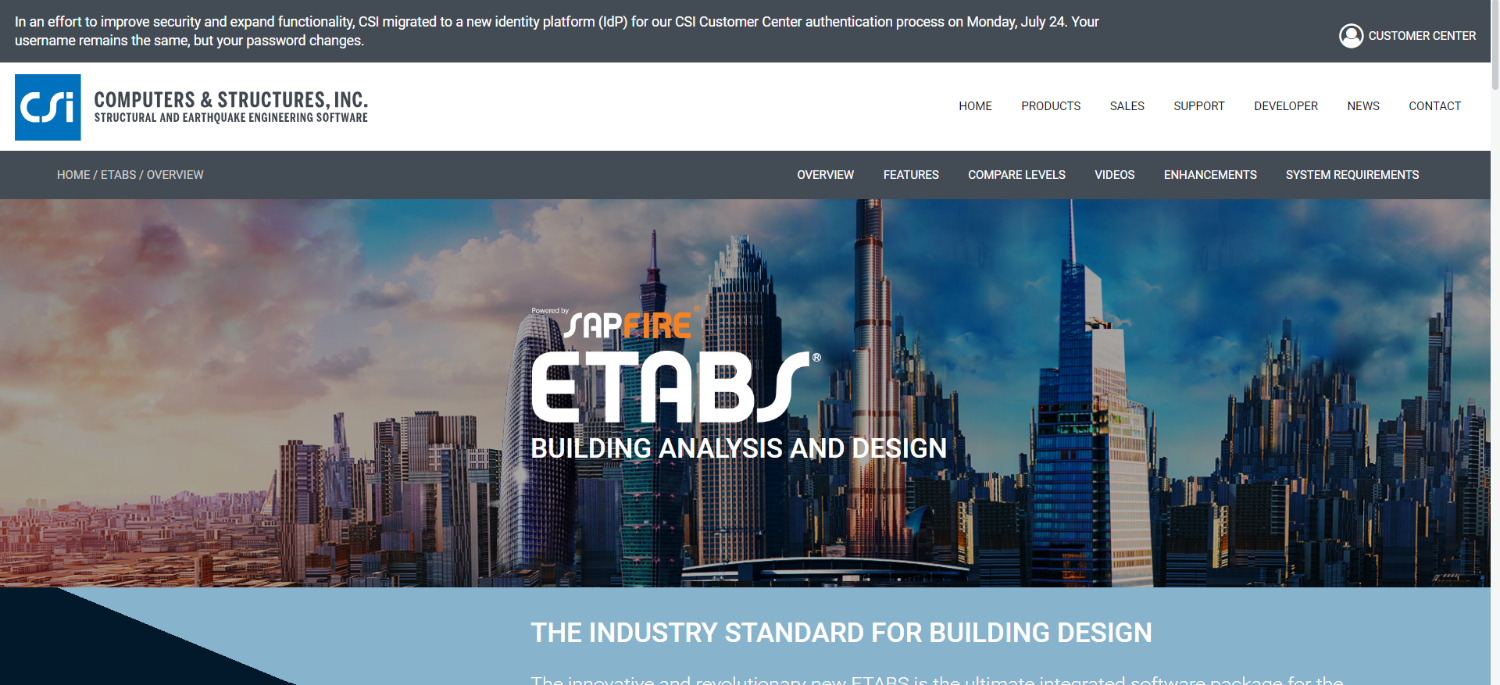
Features
- Interoperability: It enables integration with additional programs like Tekla Structures, Revit, and AutoCAD.
- Analysis in the Cloud: It offers cloud-based analysis for sophisticated models.
- Seismic Assessment: It provides resources for examining wind and seismic loads.
- 3D Modeling: Users can import or construct 3D structural models with this function, which supports 3D modeling.
- Foundation Design: It contains instruments for designing foundation systems.
SAP2000
Computers and Structures, Inc. makes SAP2000 a comprehensive structural analysis and design software package. Engineers worldwide praise this software for its user-friendly interface and powerful analytical features.
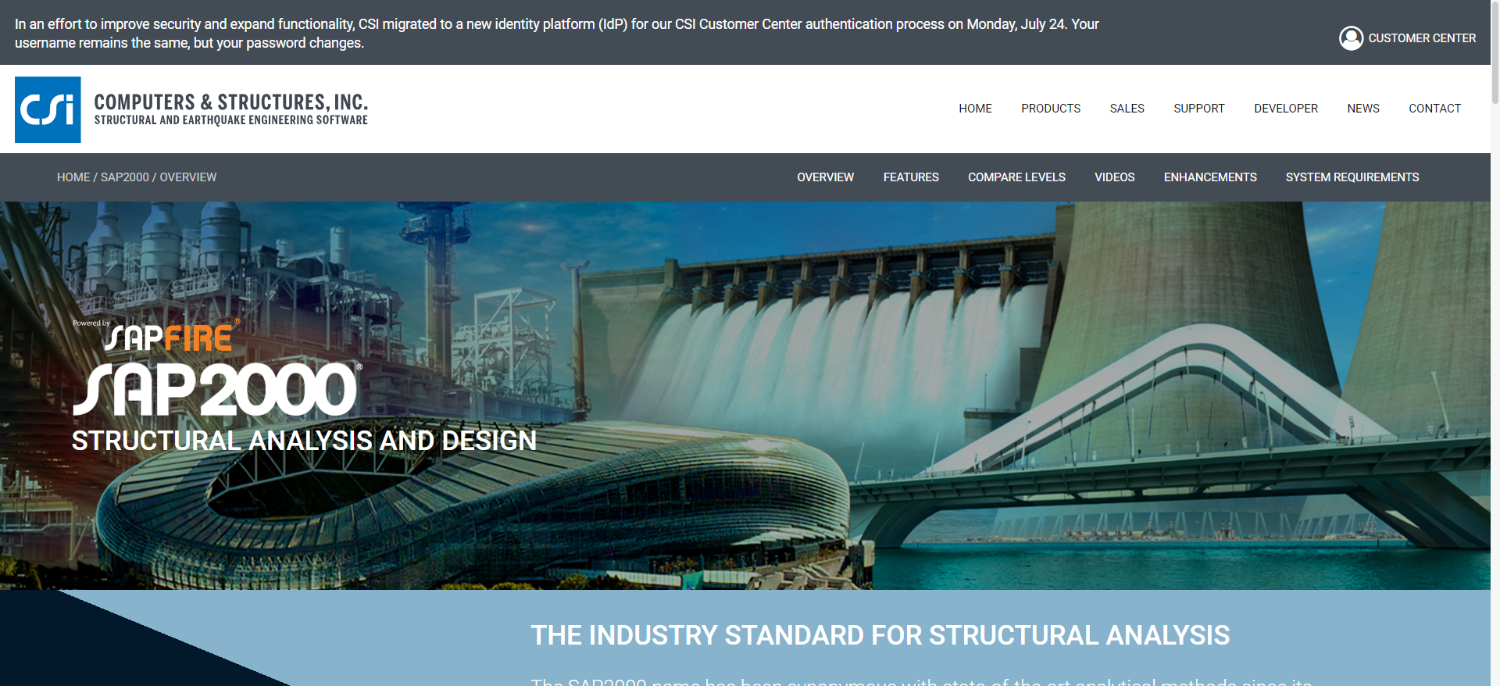
Features
- Visualization of Graphics and Output: The software delivers superior graphical visualization of model data and analysis outcomes, assisting in interpreting and presenting complex structural behaviors.
- Modeling Versatility: SAP2000 offers the ability to construct structural models using a grid system, object-based modeling, or a blend of both, granting flexibility in the design of intricate structures.
- Predefined Template Systems: SAP2000 comes with various pre-set templates for structures, such as bridges, towers, and stadiums, which can expedite the modeling process.
AutoCAD
Autodesk is the company behind AutoCAD, a computer-aided design (CAD) program. It provides a platform for efficient drafting, designing, and modeling of various structures.
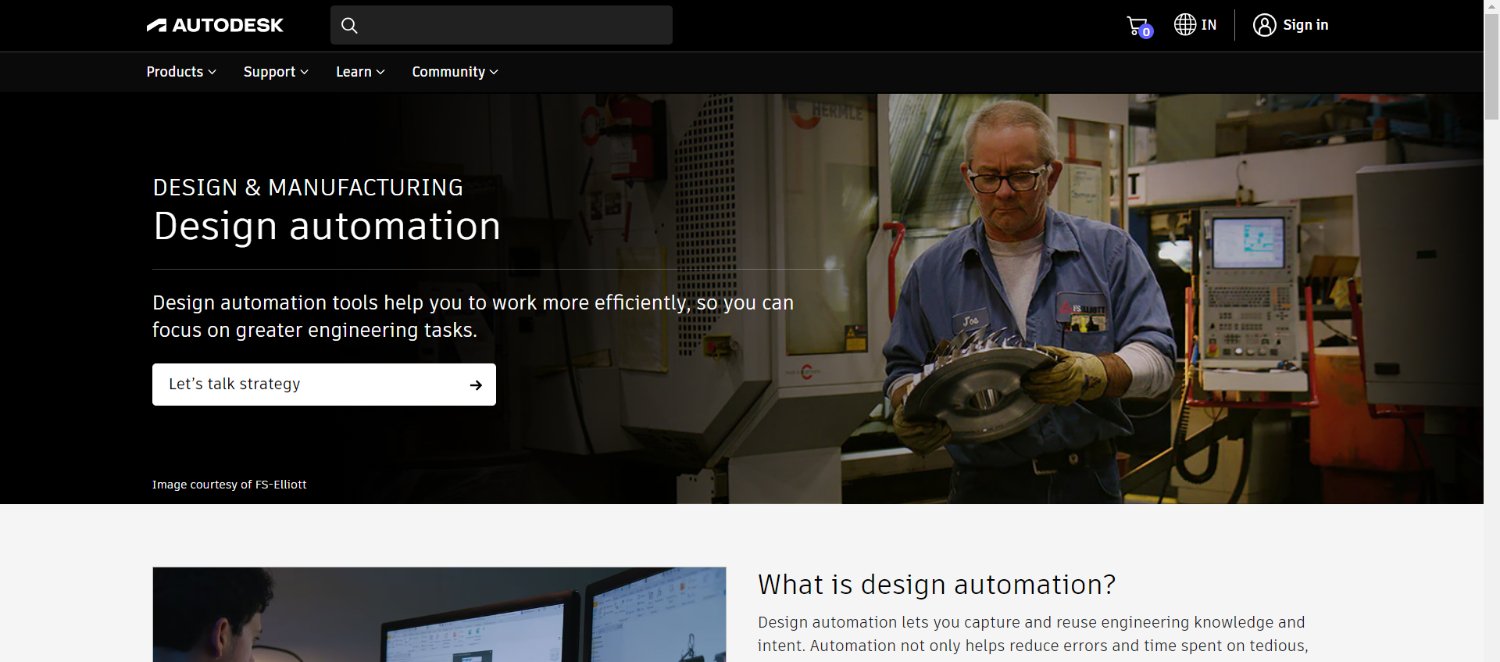
Features
- Layer Management: AutoCAD’s layer management feature helps users organize and manage different design components separately. It provides a structured approach to complex design projects.
- Geometric Shapes and Accuracy: AutoCAD users may produce a wide range of geometric shapes with exceptional accuracy. Thus, it enables the construction of sophisticated structures.
- Customizable and extensible: AutoCAD supports customization through its Application Programming Interface (API), allowing users to tailor the software to their needs. Even so, it can automate repetitive tasks, enhancing productivity and efficiency.
Revit
Autodesk’s Revit is a powerful software for architectural design. As a Building Information Modeling (BIM) tool, it aids in the production of consistent, coordinated design data for building projects.
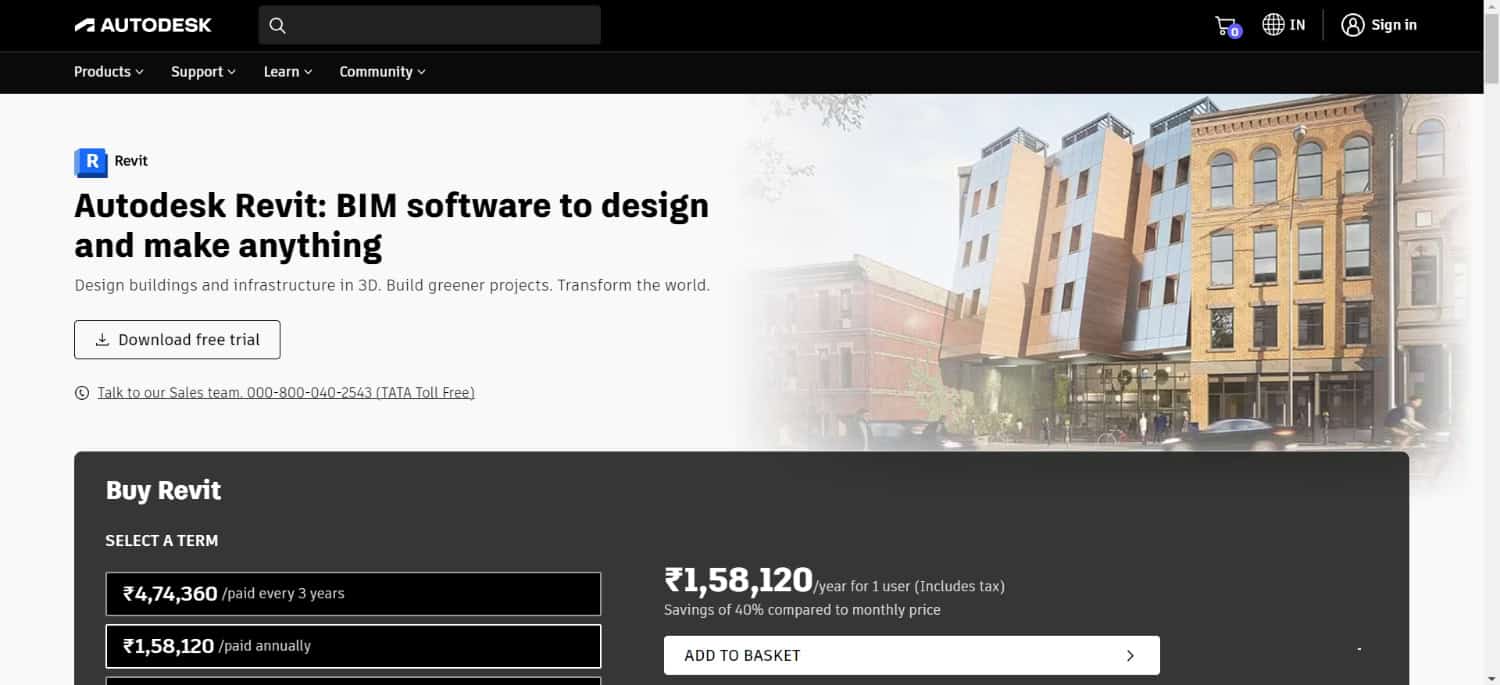
Features
- Parametric Modeling: The parametric components of Revit are smart design models. It interacts with building elements, adjusting and coordinating with changes to maintain precise design intent.
- Integrated Analysis Tools: Revit has built-in tools for evaluating building performance and structural analysis. Moreover, you can check the Mechanical, Electrical, and Plumbing (MEP) systems’ efficiency, facilitating informed design choices.
- Construction Documentation: Using the building model as input, the software can automatically generate thorough construction documents, guaranteeing accuracy and consistency.
RISA-3D
RISA-3D is a holistic and one of the best structural design software programs extensively utilized for modeling, analyzing, and optimizing diverse structures. It empowers users to design and analyze structures composed of any material, such as steel, concrete, wood, aluminum, and cold-formed steel.
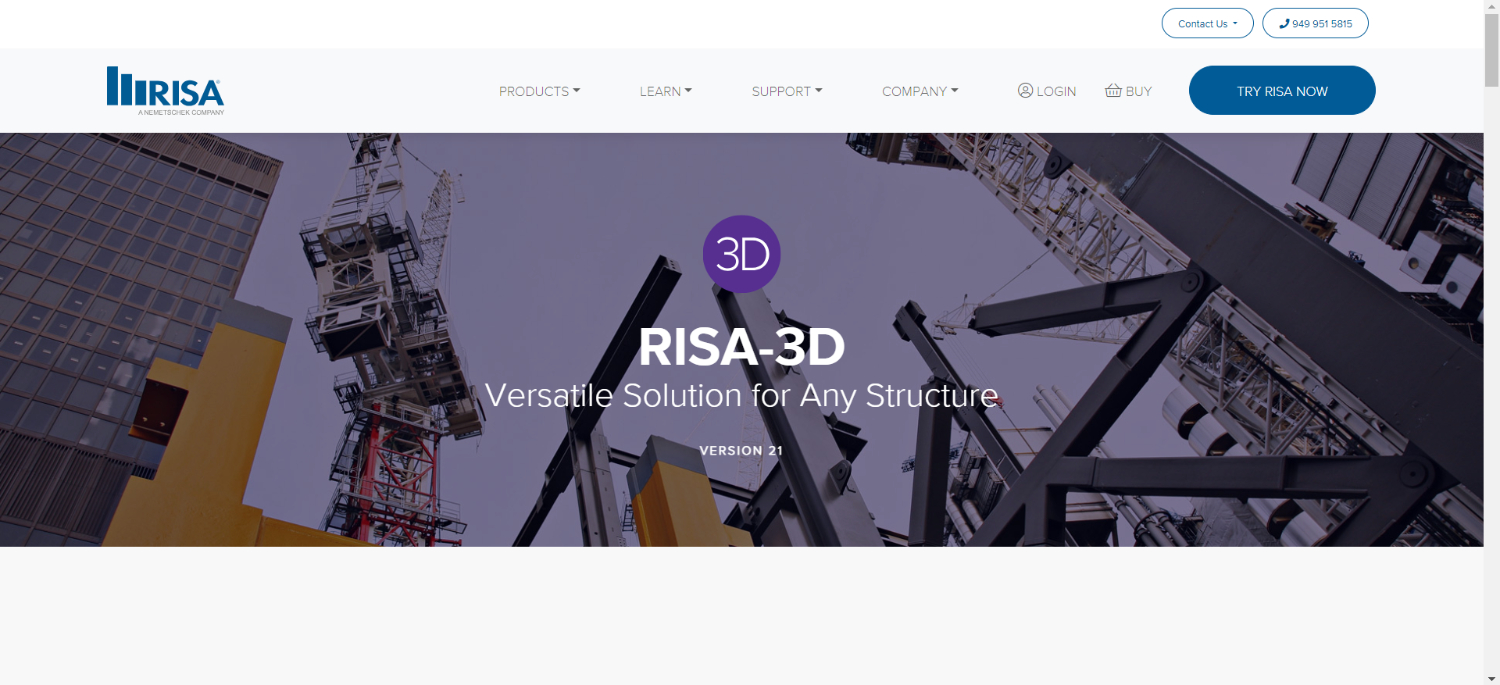
Features
- Advanced Analysis Capabilities: Offers both linear and nonlinear static and dynamic analysis.
- Material-Specific Design: Accommodates design and analysis for a range of materials.
- Integrated Design Codes: Incorporates the most recent international design codes for compliance.
- Detailed Reporting: Provides exhaustive and customizable reports for analyzing outcomes.
- Interoperability: Smooth integration with other RISA software and BIM programs
- Load Generation: Automated load generation for wind, seismic, and moving loads
- Optimization Tools: Instruments for Effective Material Usage and Cost Minimization
STAAD Pro
A complete application for structural finite element analysis and design is STAAD Pro. Any structure exposed to static, dynamic, wind, earthquake, thermal, and movement loads can be the subject of examination.
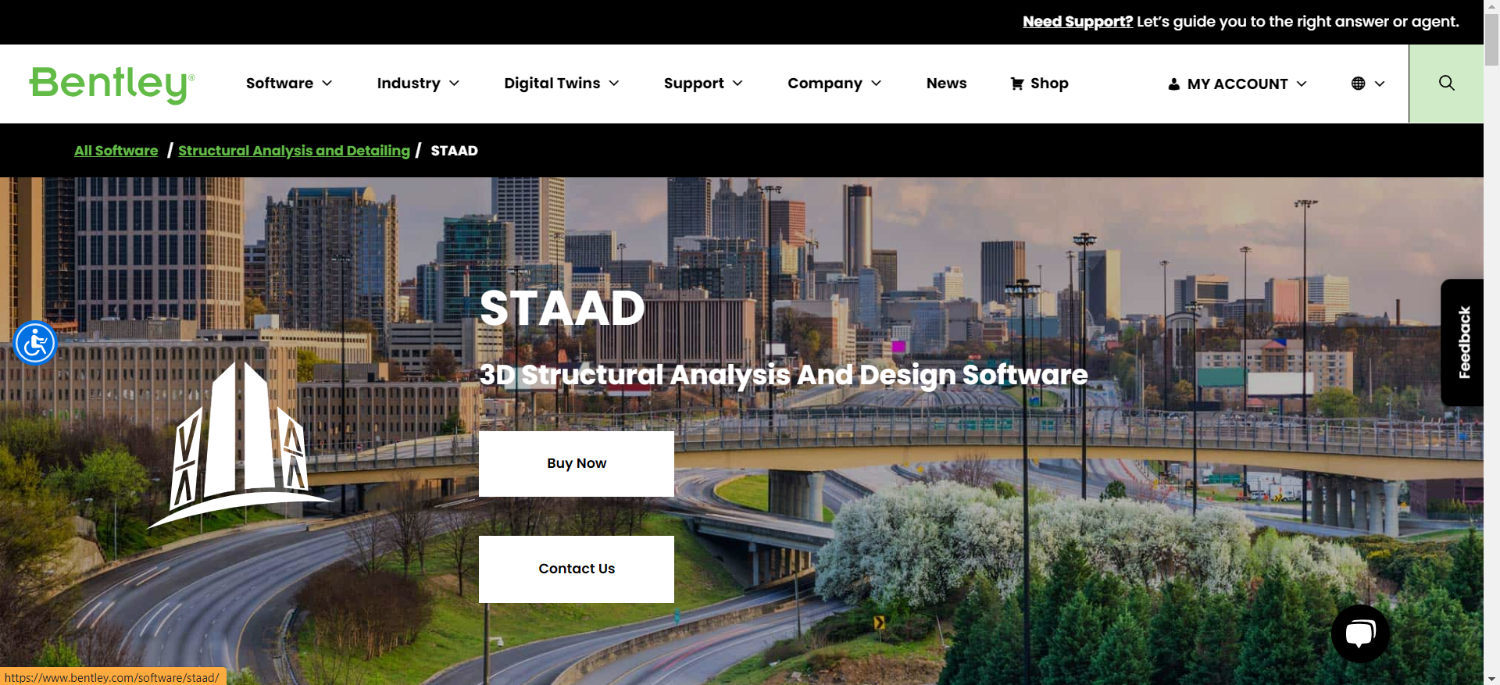
Features
- Can analyze structures dynamically under earthquake, impact, and blast loads.
- Because of its open architecture, users can increase its capabilities by creating original modules.
- Supports BIM for better coordination of the design and construction processes.
- Allows for the automatic creation of loads for various design codes.
SkyCiv
SkyCiv offers structure designing software that operates in the cloud. This tool is robust and versatile while remaining user-friendly and easily accessible from any location. Its primary goal is to streamline the design process, making it more straightforward and efficient.
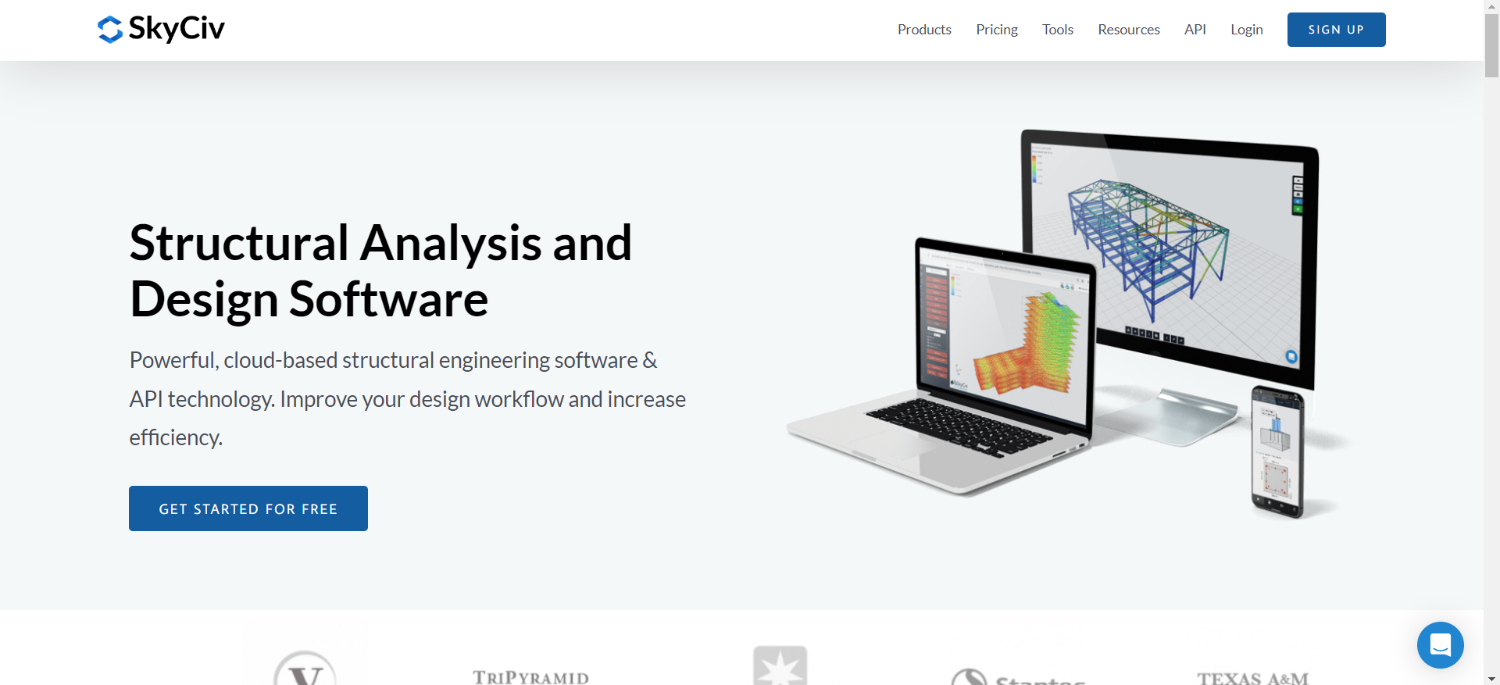
Features
- Cloud-Operated System: SkyCiv doesn’t require downloads or installations because it runs in the cloud. Users have the convenience of having access to their projects from any internet-connected device.
- Flexible: SkyCiv offers a range of capabilities to simulate and evaluate structures like buildings, bridges, towers, and industrial plants. Moreover, the software includes design modules for steel, concrete, and timber materials.
- Cost-effective: SkyCiv is a more affordable option for structural design software than the other competitors. Because the program is subscription-based, users only pay for the features they utilize.
SketchUP
For structural engineers, SketchUp is a wonderful choice because it is user-friendly and includes a number of functions.
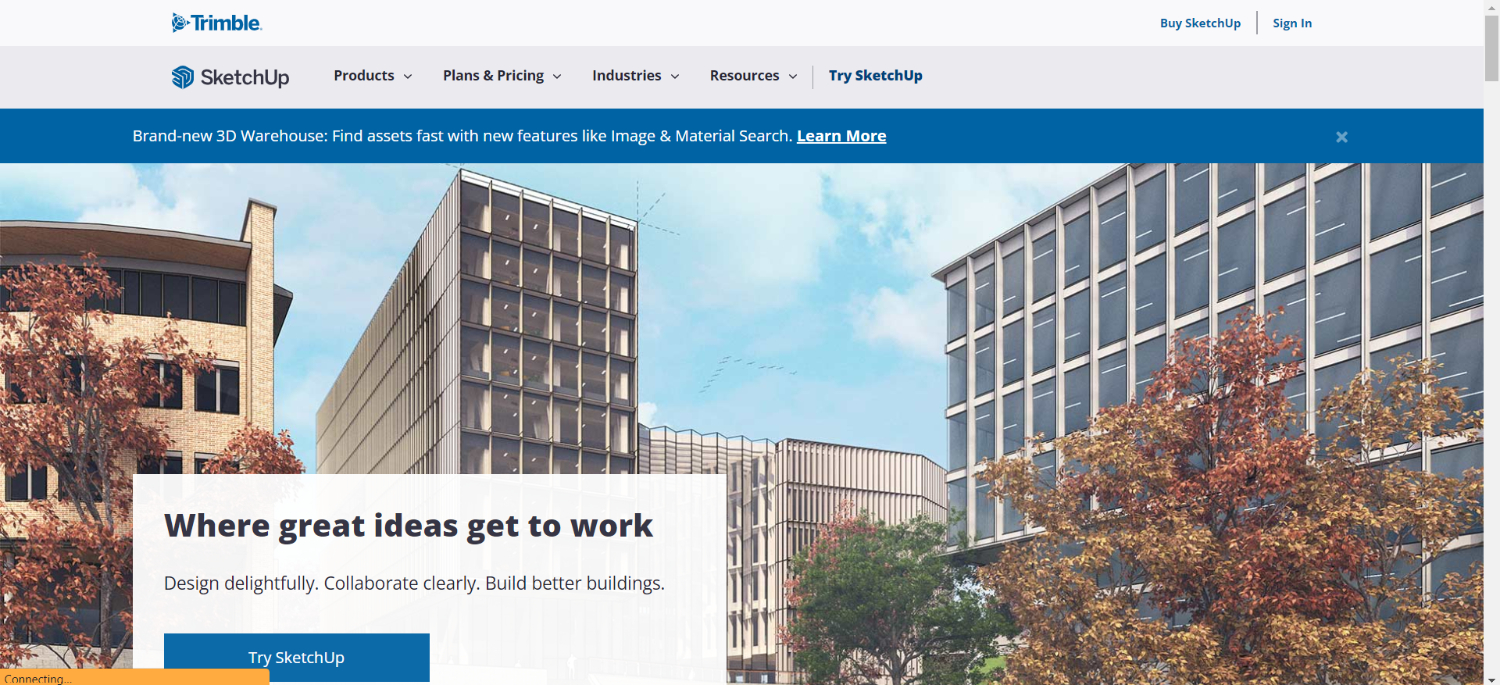
Features
- Extension Warehouse offers an extensive selection of plugins to increase functionality.
- It can import and export files in a wide variety of formats.
- With the Geo-Location functionality, users may add geographical context to their models.
- Users can simulate real-world behavior in their models because of SketchUp’s physics engine.
- Users can visualize their models about real geography and photos.
Tekla Structures
Tekla Structure is a robust, high-performance, and one of the best structural design software programs available.
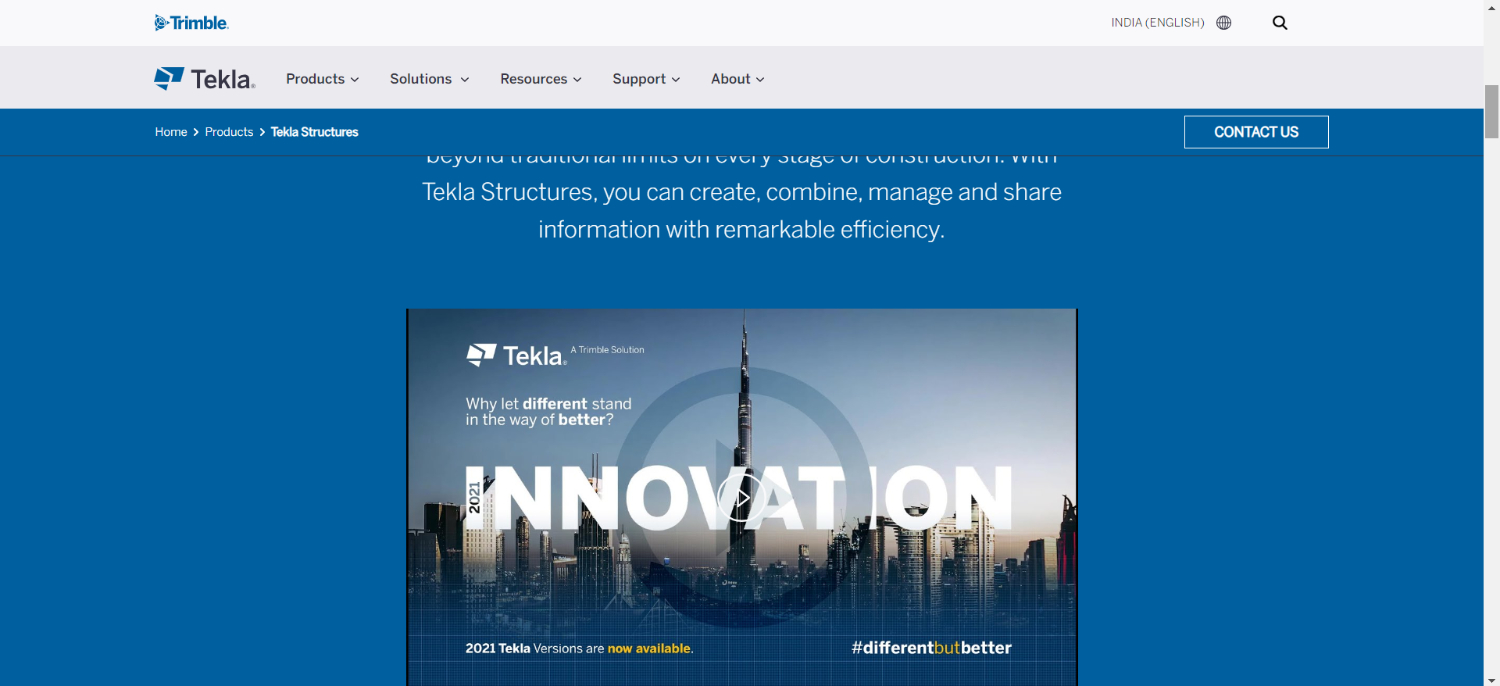
Features
- BIM: Tekla Structures is a BIM (Building Information Modeling) program. Users can generate a digital structure model that incorporates all relevant data concerning the structure, such as geometry, materials, and loads.
- Automatic reinforcement generation: Tekla Structures can autonomously create reinforcement for concrete structures. It can help structural engineers save a lot of time and work.
- Interoperability: Tekla Structures may easily interact with other software programs, such as CAD and analytical tools. This connection substantially facilitates the design process, allowing for a productive approach.
RAM Connection
Bentley Systems has developed RAM Connection, a multifaceted steel connection design software. It boasts a user-friendly interface, extensive design features, and smooth compatibility with other Bentley products, making it a top choice for structural engineers globally.
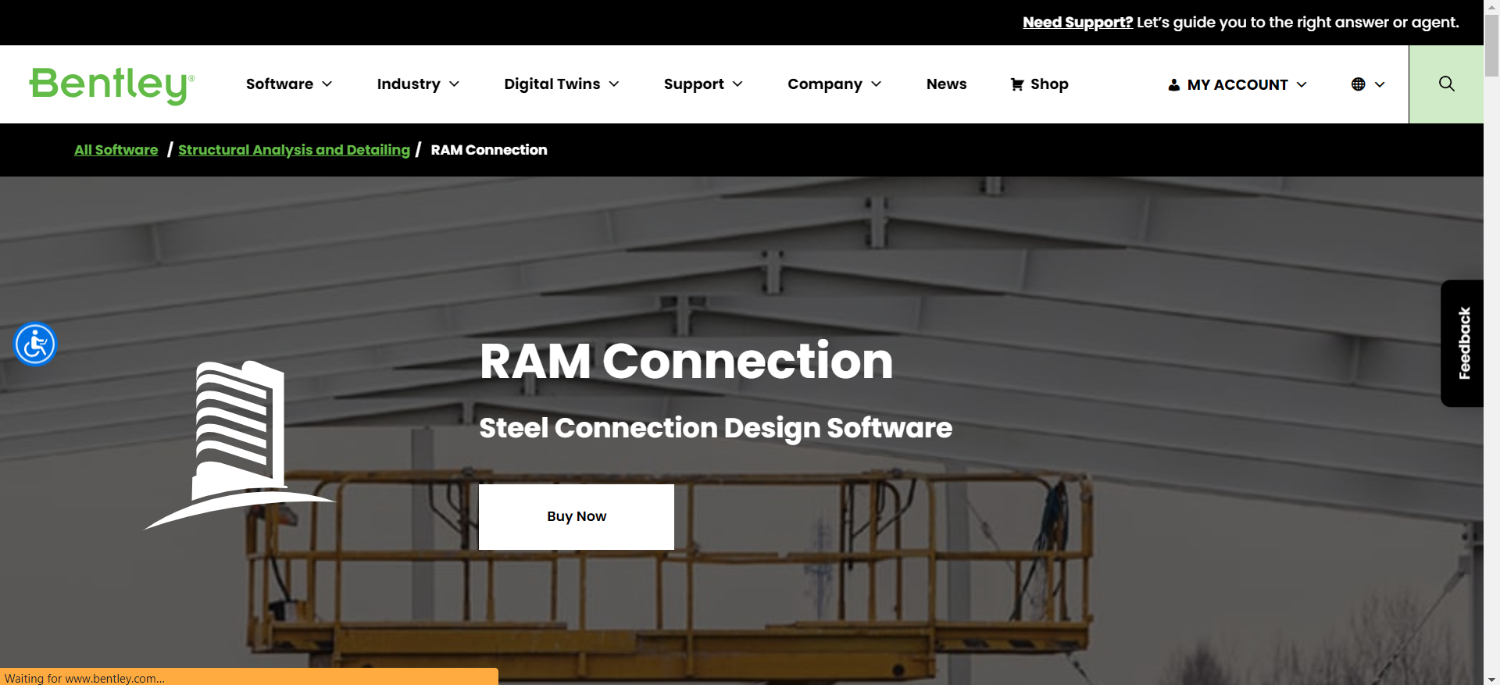
Features
- It enables the design of various connection types, such as shear, moment, bracing, and splice.
- It provides a broad selection of predefined standard steel connections.
- It guarantees adherence to international design codes.
- It can efficiently transfer loads from the RAM Structural System for effective design.
FAQs
Which software is best for building structural design?
AutoCAD is highly regarded in design because of its extensive capabilities, accuracy, and adaptability. It is widely embraced by professionals in the industry, providing resources for both 2D and 3D modeling. There is also free structural design software available.
Which software is used in structural design?
AutoCAD, Revit, and Tekla Structures are widely utilized in design. These software applications greatly assist in creating 3D models, conducting structural analysis, and generating comprehensive design documentation.
Which is the best software for structural analysis?
ANSYS is widely regarded as a software option for conducting structural analysis, mainly because of its extensive range of features and capabilities. One notable advantage is its user-friendly interface, coupled with its simulation tools that are specifically designed to handle complex structural engineering challenges. Moreover, you can search 'structural analysis software free' to learn about other available programs.
Which is better, ETABS or STAAD Pro?
Both ETABS and STAAD Pro have their strengths. ETABS is particularly proficient in the design and analysis of buildings, whereas STAAD Pro offers versatility for different types of structures. The choice between the two ultimately depends on the requirements of the project.
Conclusion
In conclusion, the field of structural design has transformed due to the introduction of advanced software. This article explores the top 10 best structural design software options, such as AutoCAD, Revit, and Tekla Structures. These software choices offer various features that streamline the design process, enhance accuracy, and foster creativity. They cater to needs ranging from residential projects to complex industrial structures.
Additionally, they provide users with analysis, simulation, and visualization tools. Selecting the software depends on project requirements and the user’s proficiency level. As technology advances, we can anticipate these software options becoming more powerful and user-friendly, impacting the world of structural design.
See also: Top 6 Easy Woodworking Design Software

You can always find me playing the piano or playing FIFA when I’m not binge-watching TV Series with pizzas. Fountainhead of TechWhoop.
Life motto: The only time success comes before work is in the dictionary.
